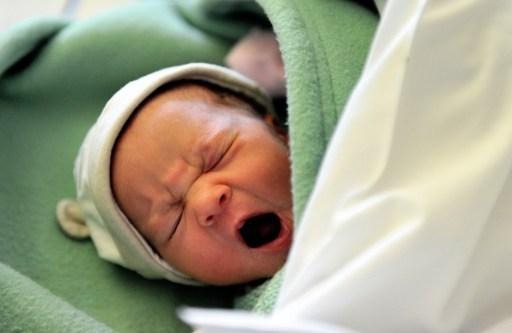The trend in Brussels and Wallonia is towards more natural deliveries, with less obstetric intervention, but there are great disparities between maternity clinics, according to the latest reports from the Centre for Perinatal Epidemiology (CEpiP) for the two regions, released on Friday. The reports indicate, based on 2016 data, that the percentage of births without obstetric intervention has been increasing since 2014 in Brussels and 2009 in Wallonia. In Brussels, 38.7% of deliveries were natural in 2016, while 32.6% were in Wallonia.
At the same time, the proportion of births by induced labour went from 33.3% in 2009 to 31.4% in 2016 in Wallonia and remained stable at 28.7% in Brussels.
The practice of episiotomy, in which a surgical incision is made in the skin and muscles of the perineum to prevent or reduce spontaneous tearing – a practice that is increasingly frowned on – has diminished in both regions, accounting in 2016 for only 28.3% of births in Brussels (down from 38% in 2009) and 35.7% in Wallonia (46.9% in 2009)
Births by Caesarian section remained stable at 20.5% in Brussels and 21.5% in Wallonia.
While the trend is towards less invasive obstetrics, which the CEpiP encourages, there are still very significant differences between maternity clinics. Depending on the place of birth, percentages vary from 18.4 to 48.7 for induced births, between 15.0 and 33.9 for Caesarian births, and between 11.8 and 66.5 for deliveries involving an episiotomy.
Each year, the CEpiP collects and analyses birth certificates in collaboration with the authorities. Its reports are available at www.cepip.be.
The Brussels Times

